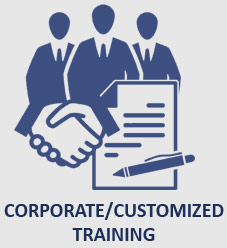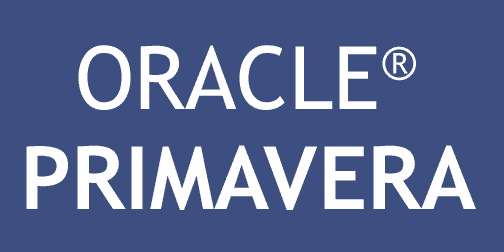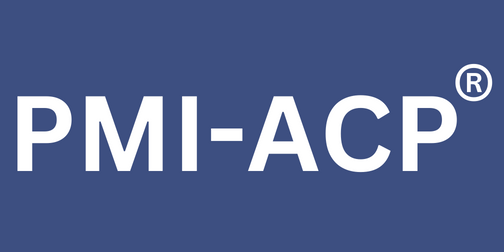.png)
How to Create a Continuous Learning Culture in Your Organization
Posted On May 23, 2024 - 16:33 PM
Personal and professional improvement is an important focus area for employees. Today's workforce needs the flexibility to learn within the context of their day-by-day workflow and get important training at their fingertips. This need for development and improvement is driving changes in the way many companies structure performance assessments, professional improvement and input. Employees are pushing for more consistent updates on their performance and continuous learning opportunities.
Continuous learning could be a golden key to personal development. As we learn and create our skill sets, we enlarge our minds and open doors. In this blog, you’ll be learning how to turn your education into a lifelong habit that will ensure you're never attached behind a closed door and you'll easily open your full potential.
What is Continuous Learning?
Continuous, or lifelong, learning is the continuous interest in information. It is voluntary, self-motivated, and can take put in any form—from a degree to a documentary. Developing a nonstop learning culture inside your organization will reap untold rewards in terms of worker engagement, employee maintenance, and productivity. Individuals have to be fortified to grow; otherwise, they static and soon get bored.
This reflects a desire for information that is so strong that our employees will look for it for themselves if it isn't given to them. Our workforce's urgent plan to learn should move our focus to how best to encourage opportunities to engage our representatives in persistent learning.
How do organizations benefit from a continuous learning culture?
How to develop an environment of lifelong learning
Use performance management to find opportunities for training
-
Continuous performance management is different from annual performance reviews, which don't encourage learning.
-
Using the continuous performance management strategy, managers and office teams can find growth possibilities earlier rather than later.
Give new opportunities to employees
-
Upskilling and reskilling are tools that managers and office directors can use to keep their staff members moving forward regularly.
-
Training is the process of teaching employees new skills so they can perform a different job, whereas improving is, in basic terms, giving employees the chance to learn new skills so they can do their jobs more effectively.
Make use of Internet resources
-
Social media are usually connected to uninterested activities rather than educational opportunities, such as getting likes and followers.
-
To promote a continuous learning culture, office managers can, however, take advantage of social media and closely related learning services.
Take into account the requirements of experienced staff members
-
A smart approach to developing a culture of continuous learning takes higher-level staff needs into account.
-
Offices can provide a certain amount of money for training to motivate staff members to enrol in classes and advance their skill sets. They might feel updated in their roles with the help of individual training, management workshops, and refresher courses.
Use platforms for learning management
-
For help in the development of employees, a variety of learning management platforms are available, such as the latest learning experience platforms and traditional learning management systems.
-
Employees can take e-learning courses on a range of subjects with these platforms. The main benefit is that workers may enrol in courses whenever it's easy to do them, and the websites keep track of who completes them, allowing management to see who is dedicated to continued growth.
Get corporate support
-
Nothing is more effective in creating and promoting the value of a continuous learning culture than the support of the senior team, particularly the CEO.
-
Making sure money is set out for learning and having them educate staff members about the training they've completed and important ideas they've acquired gets the attention of managers and staff members.
Provide every staff with regular learning opportunities
-
Employees from a range of experiences will attend these sessions, therefore you must focus on topics that will interest a large number of people. For example, the business may hold informational seminars regarding the goods and services it offers for sale.
-
Similarly, large subjects like performance management, communication, and an introduction to economics are probably going to be popular and useful for staff members.
1. Create a learning vision:
-
Set clear goals: First, define what continuous learning means to your company. Set clear, achievable goals that align with your company's mission and values.
-
Communicate the vision: Ensure all team members understand and buy into the vision. Use meetings, newsletters, and one-on-one conversations to communicate the importance of continuous learning.
2. Lead by example Manager involvement:
-
Promote Learning as a Core Value: Managers should actively participate in learning activities. When employees see their leaders investing time in learning, they're more likely to follow suit.
-
Learning Showcase: Highlight stories of personal and professional growth within your organization. We celebrate leaders who exemplify a learning culture.
3. Create an environment conducive to learning:
-
Safe to Fail: Foster an environment where experimentation is encouraged and failure is viewed as a learning opportunity rather than a setback.
-
Accessible Resources: We provide easy access to learning materials through our in-house library, online courses, and subscriptions to our education platform.
4. Delivering Structured Learning Programs:
-
Training and Development: Develop comprehensive training programs tailored to different roles and career stages. Update these programs regularly to stay relevant.
-
Mentoring Program: Match junior employees with experienced mentors. This facilitates knowledge transfer and professional development.
5. Encourage Independent Learning:
-
Personal Learning Plans: Encourage employees to set their own learning goals and provide resources to achieve those goals.
-
Flexible Learning Options: We offer a mix of learning formats, including online courses, workshops, webinars, and conferences, to fit different learning styles and schedules.
In summary
Creating an environment where learning never stops is a constant activity that needs dedication from all organizational levels. Organizations can realize their maximum potential and maintain a competitive edge in a constantly changing market by cultivating a positive atmosphere, allocating essential resources, and acknowledging and rewarding efforts. Recall that learning never ends, and cultivating this kind of culture will open doors to long-term success and creativity.


















